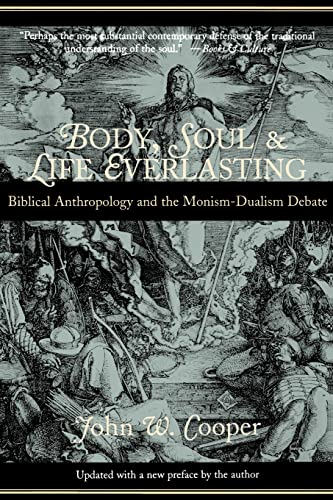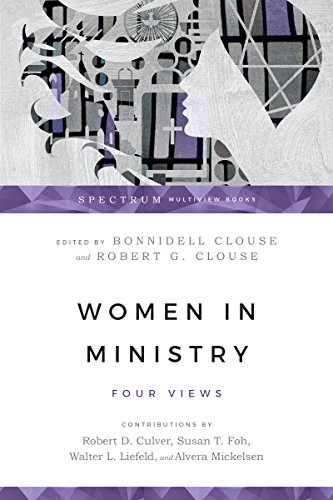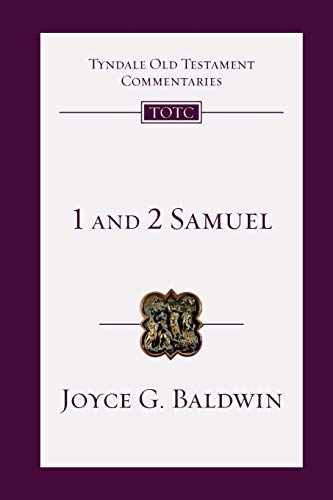In this book, Dr Israel has bared his soul with regard to his entry into the healing ministry. Those who regard Scripture as the sole authority in faith and conduct will be disturbed by what they see.
The author entered his work through contact with three healers with different emphases, to whom the book is dedicated. The first was Constance Peters, who founded the Science of Life Fellowship (p. 125). Dr Israel’s hay fever was greatly reduced after a service in a Brighton church, where she performed the laying-on of hands by courtesy of the priest (p. 6). Her ministry is described as having had a traditional biblical basis (p. 9).
Mary Macaulay was a person of great love who spoke from the soul rather than the brain at her Iona Education Centre (pp. 8, 126). Although her lectures contained much unconventional speculation concerning the origin and destiny of the human soul, her teaching was ‘basically common sense illuminated by the voices of well-known figures in the spiritual and psychodynamic fields’ (pp. 7–9).
Ronald Beesley was a powerful psychic healer, who ran his own College of Psychotherapeutics (p. 130). He loved Christ (p. 131), drew on theosophical and Hindu insights, and was a medium of intense potency (pp. 10–11).
Dr Israel subsequently set up his own centre in London. In his work, love is the key emphasis. Where the Bible stresses love, its insights are welcomed, but where it does not in the author’s eyes, such as at the Red Sea and in other parts of the OT, it is to be bypassed (pp. 21, 44). Dr Israel maintains that other means besides Scripture will help us grow closer to the ‘One Who Is, … whom we know in the depths of our being’, such as Hindu and Buddhist meditation (pp. 59, 63, 70). The author is not deterred by the difference in the ways Christianity, Judaism, Islam, and Eastern religions express God. Hinduism and Christianity may look different, but ‘the deeper truth of spiritual life, the perennial philosophy as Leibniz called it, is one and the same’ (p. 110).
Techniques of healing are considered neutral. Any and every psychic experience appears to be allowable. Christ is described as having had psychic powers in which the Holy Spirit was at work (p. 35). Indeed, although astral travelling as practised by Hindu healers may get out of control, even it is not evil in itself according to the author; rather it requires constant supervision (p. 72). Mediumship is described as ‘a mixed blessing, to be used with impunity only when the person is totally committed to God in a higher religious faith, preferably the Christian one’ (p. 121).
Throughout the book there are references to Scripture. This makes it appear as if the author is committed to a scriptural outlook, but this is not so. The reality seems to be that his theology rests on mysticism and emotion, and is prepared to draw on any area of philosophy and teaching that coincides with his deeply-held convictions. His use of Scripture is selective; for example, passages such as Leviticus 19 and Deuteronomy 18, which outlaw mediums, are not referred to.
In my view, this is a dangerously muddled book which will cause spiritual confusion in those who absorb its teaching. Far from finding wholeness, those who travel this kind of path are more likely to end up with broken lives. Some may think it significant that all three of Dr Israel’s teachers came to a sad end, and that their work tended to collapse after them (pp. 125–129). In my opinion, by referring to the activities described in the book as coming from the Holy Spirit, this book disregards the Bible’s warning addressed to those who tamper with God’s Word, whether by adding to it or subtracting from it (Rev. 22:18–19).
David Pennant
Woking







